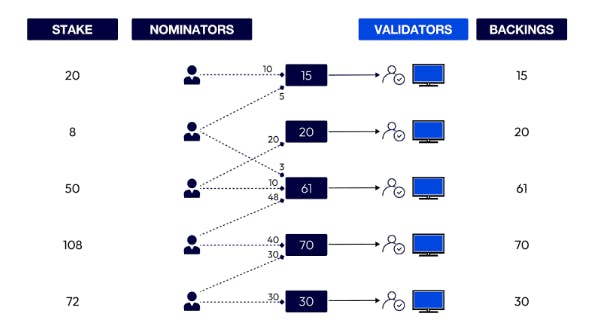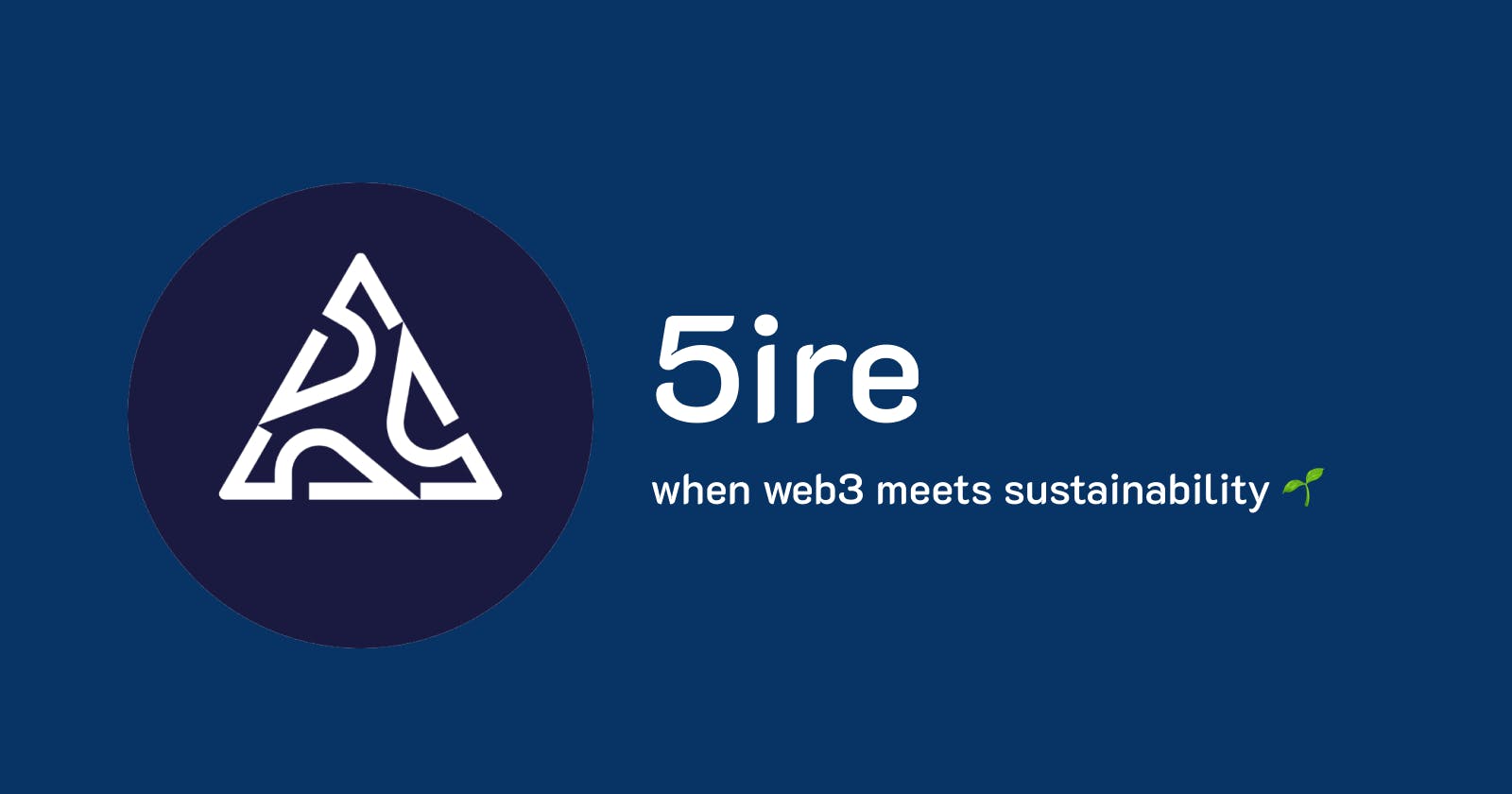An Introduction to 5irechain
Harnessing the Power of Blockchain for a Sustainable Future
Hey!! We have heard about so many blockchains. All of them have their own specialties. So, you must be confident that this chain has also got something special and innovative which inspires me to write about it.
None of the blockchains had prioritized protecting the environment from the side-effects of running blockchain like e-waste, energy consumption, etc. that might occur directly or indirectly. 😶
It was in 2021 when Pratik Gauri, supported by Prateek Dwivedi and Vilma Mattila in UAE, laid the foundation of a Layer-1, EVM compatible, public blockchain to develop a sustainable and for-benefit ecosystem based on the 17 United Nations Sustainable Development Goals (UN SDGs).

5ire chain founding team: Dwivedi, Gauri, and Mattila Image Source: asiatechjournal.com
5ire aims to bring a shift in the paradigm from a "for-profit" economy to a "for-benefit" economy. It promises to incentivize activities supporting sustainability by businesses, governments, entrepreneurs, institutions, and individuals.
5irechain is natively built on the "Substrate" framework. Now, let's dive into the technicalities of this chain.
Proof of 5ire/Sustainable PoS
It is the world's first governance-based system to reward network participants for adhering to the 17 UN SDGs. So you must be thinking, what is this Sustainable PoS? What makes normal PoS to be addressed as "sustainable"? 🤔
First, let's go through some important terminologies concerning 5ire.
Roles in Proof of 5ire:
Validators: They are the nodes that are responsible for verifying transactions, constructing new blocks, and helping to keep the network secure. Some 5ire coins (the native coin of 5irechain) is needed to be staked to be recognized as a validator. They receive rewards in the form of 5irecoins itself. It is important to note that the validator's stake may be slashed for inactivity or involvement in malicious activities.
Nominators: They hold 5irecoins and contribute to network security by nominating at max 16 validators at a time. Nominators receive their share of rewards when the validator whom they have backed, receives rewards.
Chilling: Any active validator or nominator is said to be chilling. But the result of their chilling is indeed not chill.🥶
Chilling nominators are not regarded as voters.
Chilling validators are not considered candidates in the next election run.
Election and Consensus
Election is done using Nominated Proof of Stake(NPoS) mechanism. Technically, Proof of 5ire is NPoS(same as in Polkadot), with some adjustments to support sustainability.
It is a 2-step process. Various nominators back validators with their stakes. Validators are then elected using the PoS mechanism.
Nominators are advised to diversify their nomination stakes across multiple validators (max. 16) for securing the network and preventing control over network stakes by any one validator. This is the major difference between NPoS and SPoS. Polkadot doesn't allow flexibility in backing multiple validators to nominators. The fig. below shows how staking is done.

Image Source: https://docs.5ire.org/
The higher the total stake with a validator (his own + stakes of backing nominators), the greater the probability of that validator getting elected.
Era: It is the period when validators in 5irechain are elected every time. It is 1 hour.
Reward Distribution
It is done through a very simple logic of percentage share.
Suppose the total rewards of an era is 500 5irecoins. Validator says that his share will be 20% (100 5irecoinss) to which all the backing nominators agree. If that validator receives a reward, he will keep 100 5irecoins. The remaining 400 5irecoins, will be distributed among all the nominators as per the same percentage as they contributed towards the stake of that validator.

Image Source: https://docs.5ire.org/
ESG Mechanism
ESG stands for "Environmental, Social and Governance" -- the 3 pillars of sustainable investment.
Nodes must comply with ESG principles. They have to submit reports, which are checked by other nodes to provide ratings. Finally, an overall ESG score is produced using an oracle service.
Reward distribution to validators depends on the ESG factor.
Currently, this mechanism is not completely decentralized but improvements are going on.
Wooaahhh!! That's it!! 🤓🎉
You would be now comfortable with the ideology of 5irechain and can start learning development using 5ire.
In conclusion, decentralization in NPoS, ESG, focus on energy consumption, and use of efficient hardware -- all these contribute to transforming NPoS as SPoS.
Thanks for reading. Hope you have deepened your understanding of 5ire and would be eager to join them in this sustainable-focussed journey.👋
